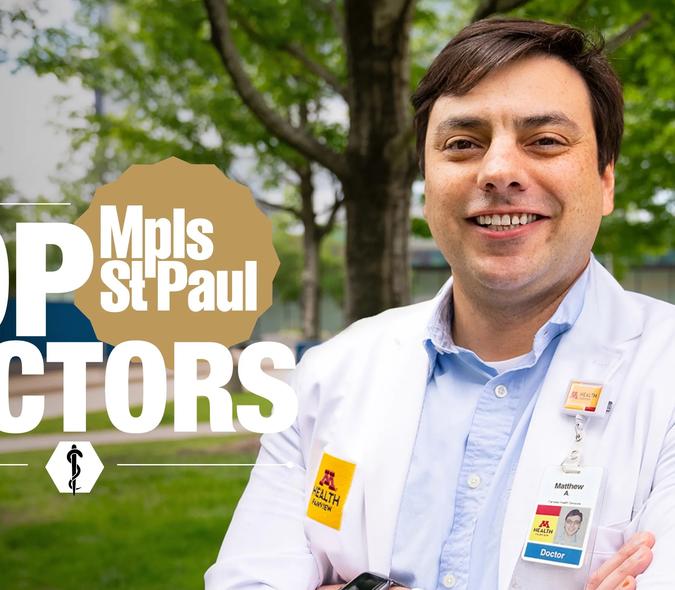Dr. Jill Foster on Past Vaccination Trends and Overcoming Vaccine Hesitancy
Vaccinations prevent millions of deaths each year, coming to the forefront as one of the most impactful health interventions in recent decades. Even with the promising preventative effects of vaccination efforts, vaccine hesitancy has again moved to the forefront of American society in recent years, specifically surrounding the COVID-19 vaccines, causing many experts to fear that this vaccine hesitancy could spread to other shots.
Even with vaccine hesitancy and misinformation on the rise, experts are looking to past vaccination efforts and solutions for direction on how to counteract this problem. The human papillomavirus (HPV) shot, which came about in 2006, was the most recent vaccine that drew large amounts of scrutiny and hesitancy from the public. In that instance, physicians and public health professionals worked closely with local healthcare facilities, religious leaders, and parents to talk through the public’s anxieties with the HPV vaccine. As more information became available on the vaccine and the public was introduced to the benefits and risks of teens receiving the HPV vaccine, the public’s hesitancy began to decrease. Currently, public health professionals and physicians are looking at these trends and strategies from the HPV vaccination efforts as guidance to spread awareness and mitigate anxiety around the COVID-19 vaccine.
In this article, Jill Foster, MD, Professor and Associate Dean for DEI at the University of Minnesota, compares the HPV and the COVID vaccination efforts. Additionally, she provides information on strategies that could be used to encourage patients and parents to ask questions and learn about the vaccination process if they are hesitant. To read the full article and Dr. Jill Foster’s response, follow this link.

